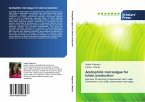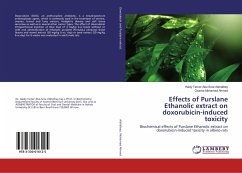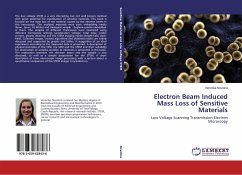Lutein, present in food such as spinach and kale is a carotenoid belonging to the xanthophyll family. The role of lutein in maintaining eye health is well accepted. Newer and wider applications for the cytoprotective and antioxidant characteristics of lutein are being explored. Deoxynivalenol (DON) known as vomitoxin is a mycotoxin that commonly contaminates food grains and primarily affects cells of the immune system and the GI tract. At the cellular level, this mycotoxin is considered to induce ribotoxic stress response, which induces inflammation and/or apoptosis in a dose and time dependent manner. This book presents some studies on the cytoprotective role of lutein on deoxynivalenol-induced oxidative stress, inflammation and apoptosis. Since deoxynivalenol is a common contaminant of food grains, the mechanisms by which these toxins exert their effect at the cellular level and ways of combating their toxicity are important from an angle of food safety.
Bitte wählen Sie Ihr Anliegen aus.
Rechnungen
Retourenschein anfordern
Bestellstatus
Storno








